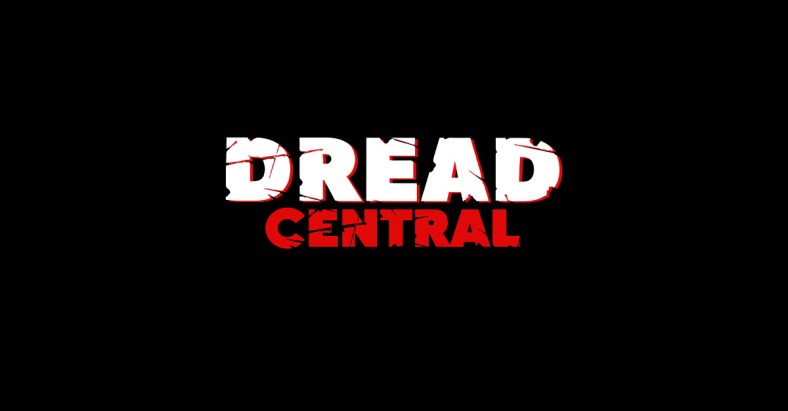An Open Letter: Horror Movies, You Don’t Have to Leave Endings Open to Sequels

Dear Horror,
I love you. I really do. Hell, I’ve been a fan of you ever since I can remember, playing Castlevania when I was a very young boy, reading Scary Stories to Tell in the Dark in my elementary school library, sneaking downstairs late at night to watch “Tales From the Crypt”… You’ve been a major part of my life for so long that I feel I need to talk to you about an issue I think you have. Consider this an intervention of sorts.
As I’ve said before, I love you. What I’m about to say comes from a place of caring, respect, and hope. It’s because of all these emotions that I have to tell you that you have a major problem with many of your endings. Specifically, you don’t seem content to let a movie end on a satisfying note. Rather, it seemingly needs to end so as to leave itself open for a sequel.
Look, I get it. Horror movies are, by and large, great performers at the box office. If a title does well, there’s a foundation to build upon for more stories in that world and, as a result, more money to be made. It’s a great business move, there’s no denying that. But as an audience member, it makes for an unsatisfying experience.
Take, for example, the remake of The Hills Have Eyes by Alexandre Aja. It’s a fantastic film, no doubt about it. It’s wonderfully made, incredibly intense, absolutely vicious, and a thrilling ride from beginning to end. And yet, for some odd reason, after everything that Doug, Bobby, and Brenda went through, the film ends with another mutated human watching them from a distance. Everything we’ve seen up to this point suggests that the mutated family is done for, that each member has been vanquished. Where does this unknown villain come from? Where were they hiding all this time? Why didn’t they come to the aid of their family?
Earlier this year, we saw this trope used in Resident Evil: The Final Chapter, which ended with [SPOILERS AHEAD] Alice saying that the airborne cure will take a couple of years to reach the corners of the Earth. Furthermore, she’s being chased by a Popokarimu, one of the giant bat creatures that was shown at the beginning of the film. Even though Paul W.S. Anderson told me, “…this is the end,” it certainly didn’t feel like it.
I’m definitely going to ruffle some feathers here but a big offender of this trope was the Saw franchise. The first film was tightly written with every aspect of the story being explainable with a little bit of thought. The twist ending wasn’t meant to demand a sequel. Rather, it was there to create a memorable ending that left the film on such a dour note that it would be impossible to forget, which it succeeded in doing. The sequels, however, used their endings to create twists that required more explanation, making it so that sequels became a necessity to add to a storyline that grew more and more convoluted with each entry.
Even A Nightmare on Elm Street, which is one of the most beloved franchises in horror, suffered from this problem. Director Wes Craven wanted the film to end on a happy note, one where Nancy vanquished her enemy and was able to move forward without any lingering fear. Or how about John Carpenter and his Halloween franchise? While Michael Myers is a horror icon now, Carpenter’s original vision would’ve seen that be his only story. Talking with Deadline, Carpenter stated, “All of my ideas were for the first Halloween – there shouldn’t have been any more!”
I’m not saying that every horror movie has to end on a happy note. In fact, I love it when horror ends on a bleak tone. Films like Funny Games, Darkness, Drag Me to Hell and The Blair Witch Project, amongst many others, have wonderfully dark finales. I’m simply asking that the finale truly be the curtain falling and not an excuse for an intermission.

Categorized:News

